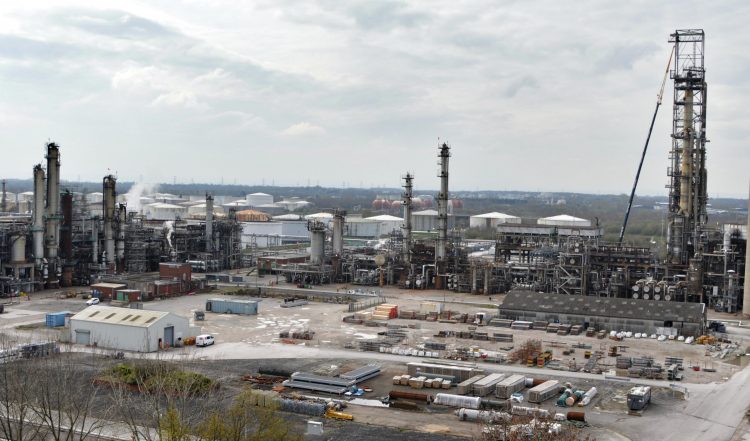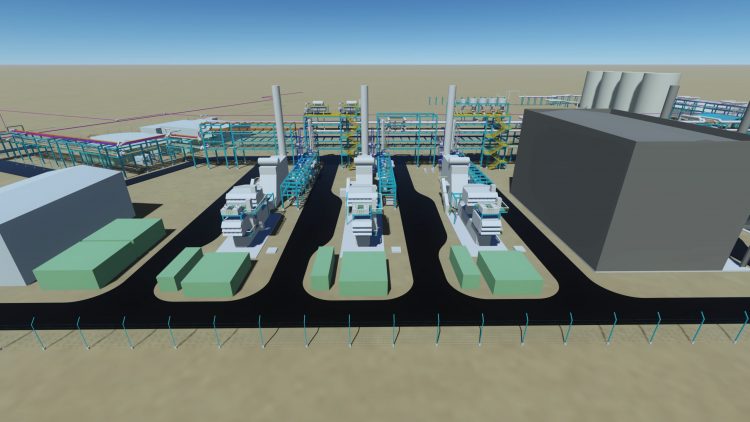Stanlow refinery owner secures almost £500m
Owner and operator of the giant Stanlow oil refinery close to the Mersey, EET Fuels, secures almost £500m to finance its decarbonisation plans. Tony McDonough reports

EET Fuels has secured almost £500m in new financing as it looks to decarbonise the operations of the giant Stanlow oil refinery close to the River Mersey.
Formerly known as Essar Oil UK, EET Fuels is the owner and operator of the Stanlow facility which provides employment for around 1,500 people, half of which are employed directly.
It provides 16% of all UK road transport fuels and each year produces 4.4bn litres of diesel, 3bn litres of petrol and 2bn litres of jet fuel. Planes at Liverpool and Manchester airports rely on its fuel supplies.
However, it also emits around 2m tonnes of CO2 into the atmosphere every years making it one of the biggest emitters in the North West. In April EET told LBN it has ambitions to become the first decarbonised oil refinery in the world.
A £3bn hydrogen production and carbon capture hub is being built at Stanlow as part of the wider HyNet hydrogen project that will supply hydrogen to industrial customers across the North West.
EET is to build its own hydrogen-fuelled plant that will power the operations of the refinery. Furnaces are essential to an oil refinery. The process of refining crude oil means it has to be heated to around 470 degrees celsius.
Stanlow’s ‘catcracker’ furnace alone accounts for almost half of the refinery’s annual emissions. EET has invested £45m in a new furnace which is now installed on the site.
Although it can operate using conventional fuels it is also equipped to operate using hydrogen and will do so once it is up and running by 2027.
These facilities will produce so-called blue hydrogen by burning natural gas. Instead of releasing carbon emissions that contribute to global warming, the CO2 will be captured and stored in depleted gas fields under Liverpool Bay.
This method remains controversial with some experts suggesting carbon capture and storage is not viable on this scale and is just a way of prolonging the use of fossil fuels. EET claims it will cut its emissions by 95%.

On Thursday the business said it had secured capital financing and credit facilities totalling $(US)650m. At current exchange rates that is equal to around £495m.
Around £114m has come from ABN AMRO bank with a further £152m coming from two other banks, HCOB and UMTB. The remaining £228m in trade financing is coming from an unnamed international oil company.
Satish Vasooja, chief financial officer at EET Fuels, said: “This is an excellent outcome for EET Fuels. Knowing our decarbonisation strategy has the backing of major financing partners, we can continue to develop and invest in our business with confidence.”
Tarun Naruka, head of corporate and structured Finance at EET Fuels, added: “These new facilities strengthen our balance sheet, adding flexibility to our financing arrangements and demonstrate that major financing partners are aligned to our core strategy.”

